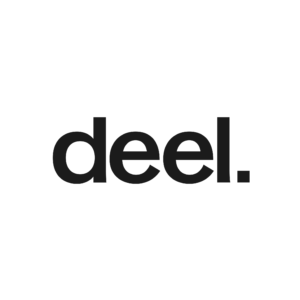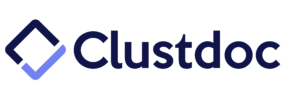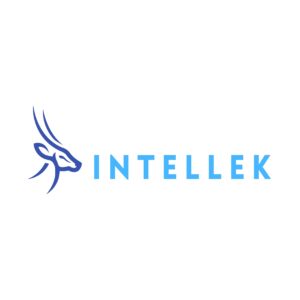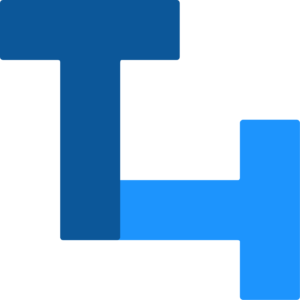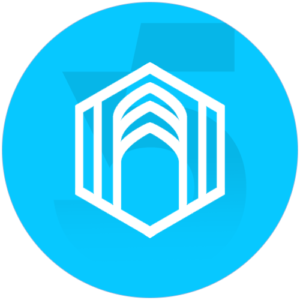Connecteam - Employee Onboarding
Connecteam is an award-winning all-in-one employee management platform. Tailored for the unique demands of non-desk workforce industries such as construction, cleaning, food and beverage, retail, hospitality, healthcare and security. Read more
Clustdoc
Clustdoc is a plug-and-play digital onboarding automation software for financial, legal and administrative services. Read more
G-P
G-P is a cloud-based global employment platform that enables companies to hire, onboard, and manage international employees and contractors in over 180 countries—without the need to set up local legal entities. Read more
Idwall
JobConvo is an AI-driven recruitment software that analyzes resumes, creates job templates, and posts on job portals. It offers skills tests, behavioral analysis, candidate tracking, and detailed reports, with API integration for seamless system use. Read more
Intellek Deliver
Intellek Deliver - Digital Adoption Platform for employee onboarding software, in-workflow training, and user support. Simplify onboarding, guide software adoption and unlock proficiency with top employee onboarding Learning Management Systems. Read more
Process Street
Process Street is the Compliance Operations Platform that turns recurring processes into no-code workflows with built-in enforcement, accountability, and proof. Read more
TakeTurns
TakeTurns simplifies Employee Onboarding. Streamline the employee onboarding process with TakeTurns, eliminating frustrations and ensuring clarity for both you and your new hires. Read more
VettingGateway
VettingGateway offers fast, accurate background checks, including criminal records, employer references, digital right to work, and social media checks. Streamline your hiring process with reliable results tailored to your industry needs. Read more

